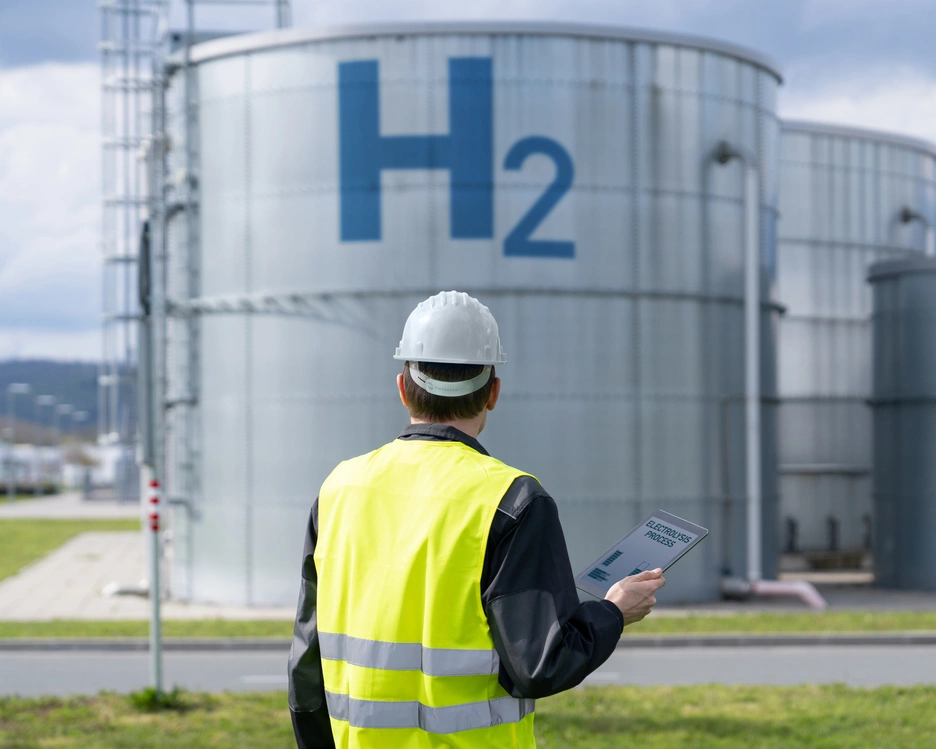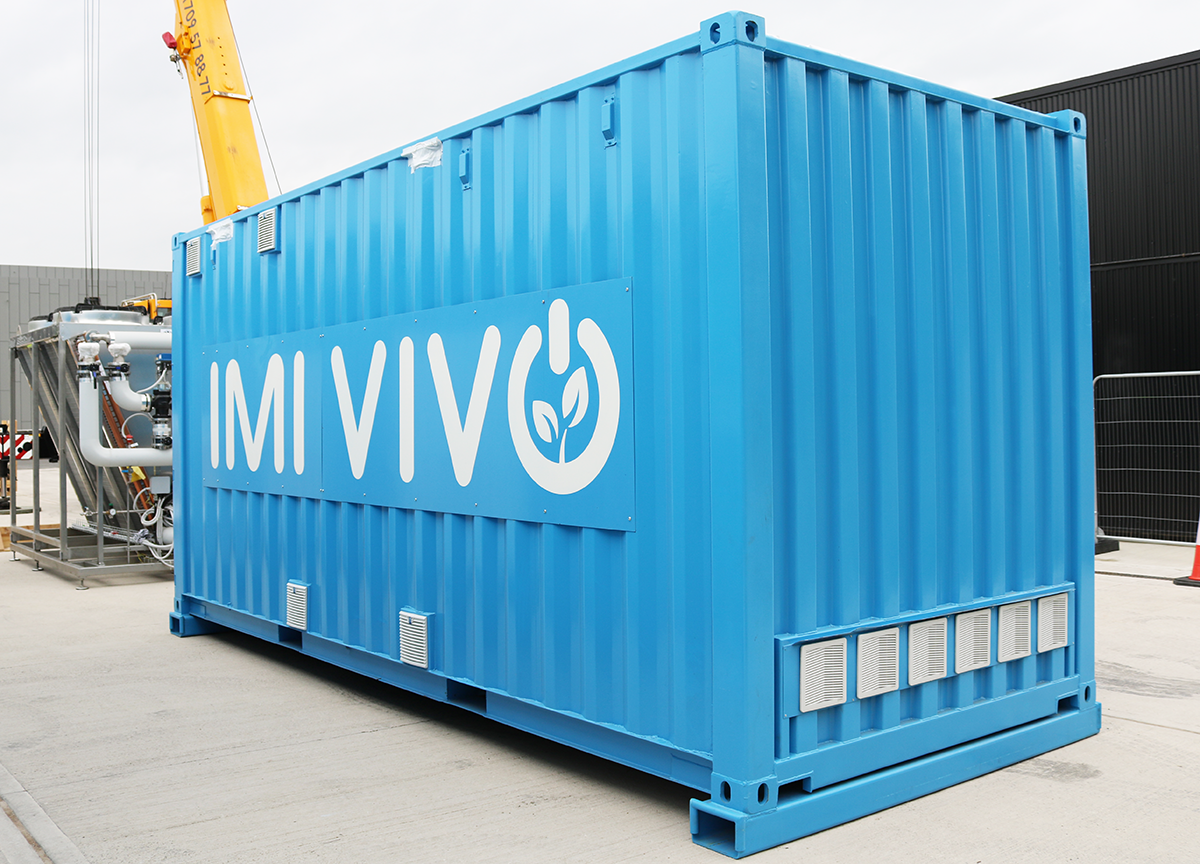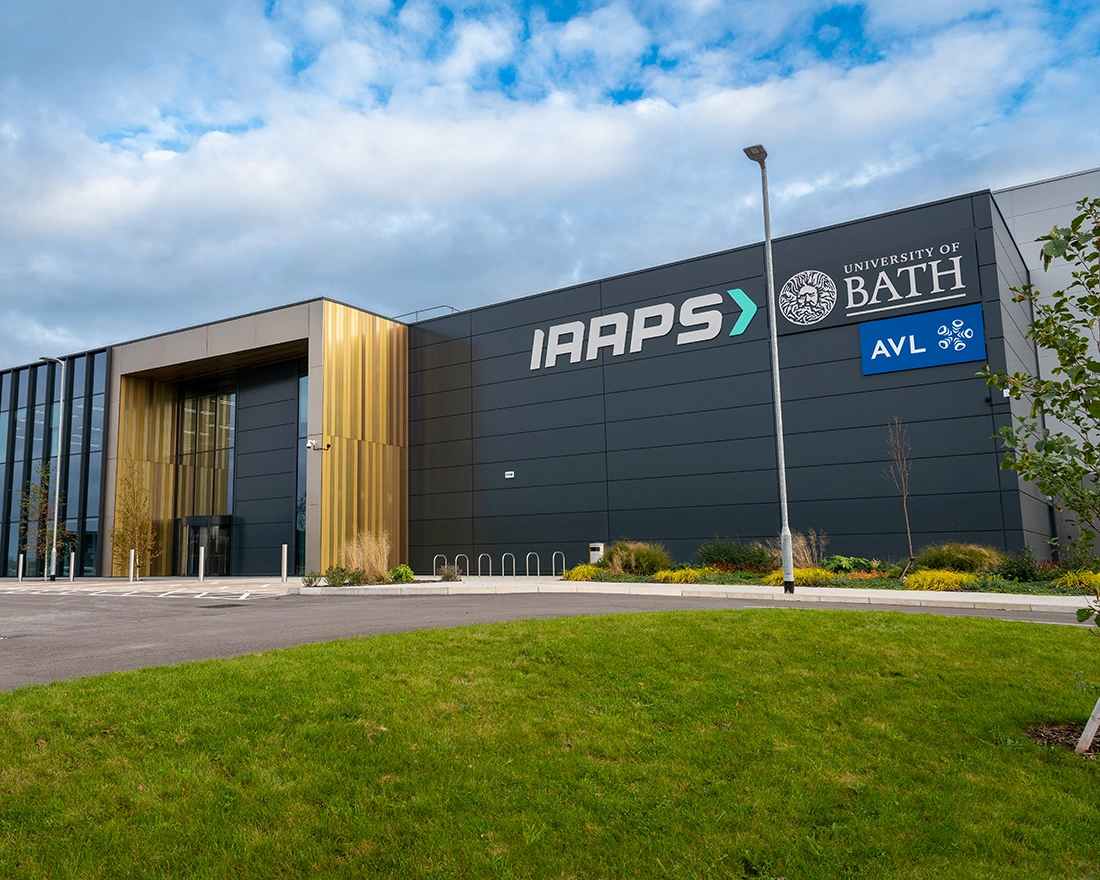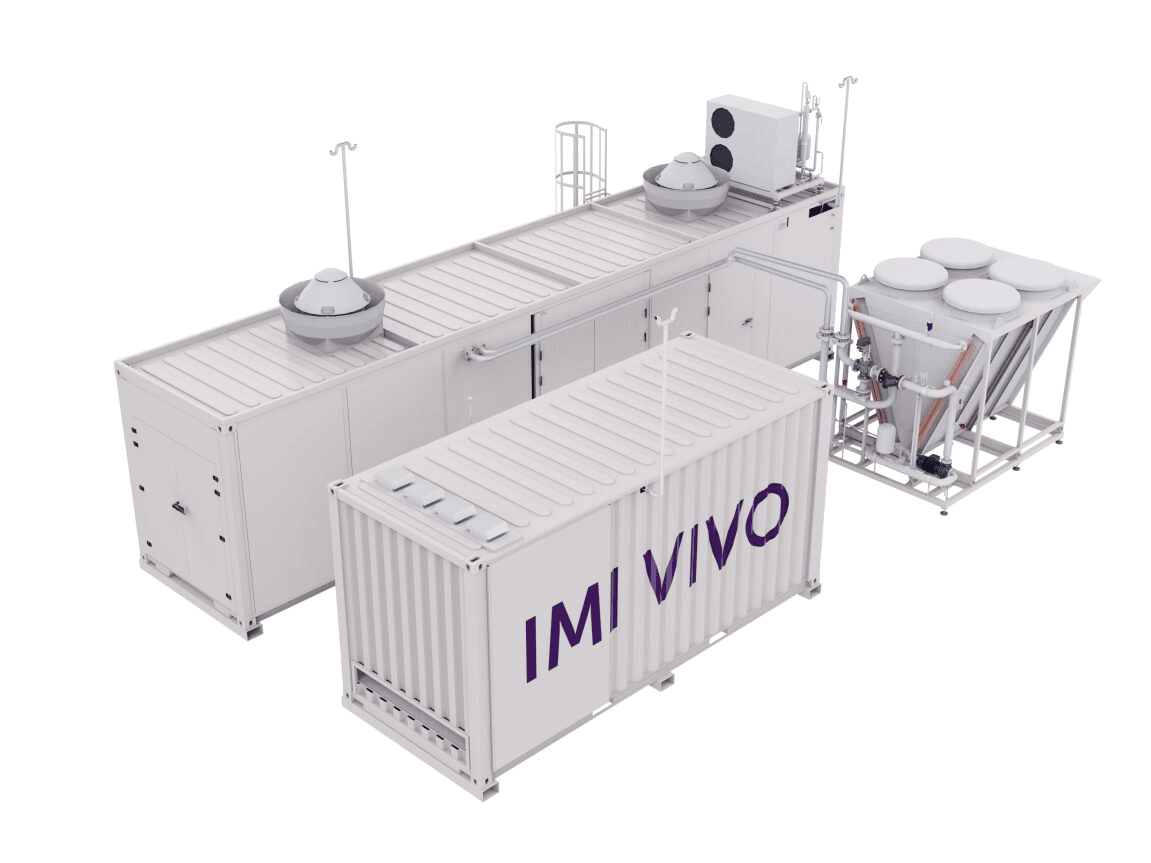

With the European Union struggling to meet its green hydrogen production goals, the bloc should expand its support to include US-style opex initiatives that can significantly accelerate its decarbonisation efforts, according to IMI Critical Engineering.
Targets set by the European Commission in 2022 aim for 10m tonnes of the element to be produced from renewables in the EU by 2030 with another 10m imported, as part of its agenda to reduce greenhouse gas emissions. However, following industry comments that the EU’s complex regulations may impede this progress, the Union is being urged to embrace a broader array of generation-based incentives, similar to those offered by the US Inflation Reduction Act (IRA) to accelerate decarbonisation efforts[1].
“As a zero-carbon fuel, harnessing green hydrogen is vital for the EU to reach both its more immediate production goals and its long-term target of net zero emissions by 2050,” argues Richard Yu – Director of Business Development, Hydrogen at IMI Critical Engineering. “Existing support packages on offer, including the Green Deal Industrial Plan and RePowerEU, are extremely welcome in their ambition – especially given the uncertainty global geopolitical events have and continue to have on energy markets. However, more needs to be done, and developments in the US, including the Inflation Reduction Act and the nation’s first-ever dedicated clean H2 strategy and roadmap, offer a clear path that the EU could emulate.
“For instance, the IRA’s hydrogen production tax credit, which offers up to $3/kgH2 for each zero-carbon fuel supplied, demonstrates a level of opex support not yet apparent in the EU’s plans, which mainly focus on capex measures. For hard to abate sectors such as cement, steel, aluminium and chemical, as well as the energy-intensive industrial and heavy transport industries, this will enable a faster transition to green fuel use in line with the roadmap.”
According to Richard, the implementation of US-style support will help offset potential obstacles relating to the current lack of large-scale hydrogen production infrastructure, including hydrogen refilling stations. He cites the development and uptake of decentralised solutions such as the PEM electrolyser technology, assisted by capex and opex initiatives, as a vital first step for organisations looking to power their sites sustainably.
“If businesses are to help realise the EU’s ambitious green hydrogen production targets, they cannot stand still and wait for infrastructure to be built,” he concludes. “The fact of the matter is that solutions already exist to provide decentralised, eco-friendly power on-site, in a cost-effective way.
“A new production tax credit model would further encourage take-up of these technologies across multiple industries and applications. If the EU takes this step, it could supercharge what has already been promising, if slow, progress. For organisations looking to immediately implement decarbonisation strategies while ensuring energy security for their operations, solutions such as electrolyser technologies may appeal – especially while grid prices, supplies and mixes are in flux.”

By IMI VIVO Team



